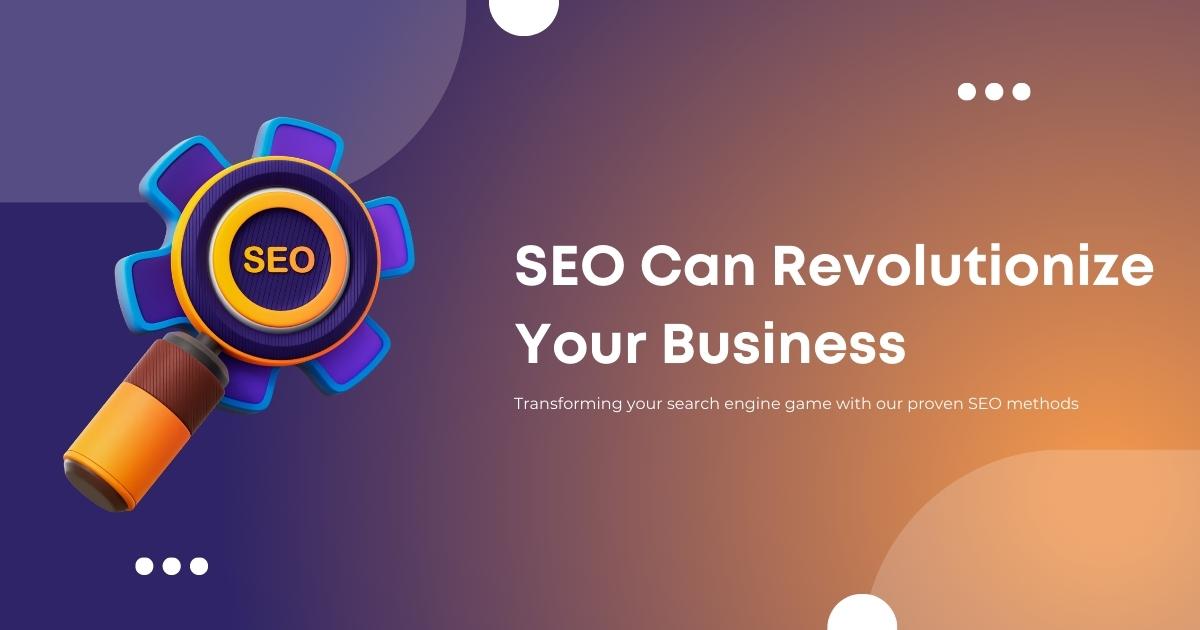Introduction:
Businesses must have a strong online presence to succeed in today’s digital environment. The core of this online presence is a website, and establishing credibility and trust with clients is critical to acquiring and maintaining them. A strong business website may assist in doing this by delivering an aesthetically appealing and user-friendly experience, accurate and reliable information, and developing a consistent brand identity.
Benefits of Building Credibility and Trust:
A strong company website may help you establish credibility and trust with your clients. First, it may create trust by delivering accurate and dependable product and service information. Clients are more likely to trust a company that gives extensive and helpful information about its products and services.
Second, a user-friendly and visually appealing website may provide a good first impression and help clients feel confident in the professionalism and attention to detail of the business. This can also aid in increasing client loyalty and retention.
Finally, a strong website that consistently reflects a business’s brand identity can help establish a strong reputation in the marketplace. A consistent brand identity can help customers recognize and remember the business, leading to increased brand awareness and loyalty.
Elements of a Strong Business Website:
A strong business website should include several key elements to build credibility and trust with customers. These include a visually appealing design, easy navigation, accurate and helpful information, strong security measures, and consistent brand identity.
- Clear and Concise Messaging
The messaging on your website should be clear, concise, and consistent throughout. Visitors should be able to quickly understand what your business does, what sets you apart from competitors, and how you can help them. Make sure your messaging is written in a way that resonates with your target audience and highlights the benefits of your products or services.
- Easy Navigation
Your website should be easy to navigate, with a clear hierarchy of information. Visitors should be able to find what they’re looking for quickly and easily. Use clear and descriptive menu labels, and organize your content into logical categories. Consider using a search function to help users find specific information.
- Responsive Design
More than half of all website traffic now comes from mobile devices. Your website should be optimized for all screen sizes, from desktop to smartphone. A responsive design ensures that your site looks great and functions properly, no matter what device your visitors are using.
- Contact Information
Make it easy for visitors to get in touch with you by including clear contact information on your website. This can include a phone number, email address, and physical address. Consider including a contact form or live chat feature to make it even easier for visitors to reach out.
- Strong Calls to Action
A strong call to action (CTA) can encourage visitors to take action, such as making a purchase, filling out a form, or contacting you. CTAs should be clear, prominent, and relevant to the page they’re on. Consider using contrasting colors, strong language, and urgency to make your CTAs more effective.
Tips for Building a Strong Business Website:
To build a strong business website, businesses should focus on providing a great user experience, including responsive design for mobile devices, fast loading times, and clear and concise messaging. Businesses should also prioritize search engine optimization (SEO) to increase visibility and accessibility to potential customers.
In addition, businesses should ensure strong security measures are in place to protect customer data and privacy. This includes using secure hosting and implementing SSL encryption.
Conclusion:
In today’s digital marketplace, building credibility and trust with customers is vital for businesses to succeed. A strong business website can help achieve this by providing a positive user experience, accurate and reliable information, and a consistent brand identity. By focusing on these key elements, businesses can build a strong online presence and establish a reputation as a trustworthy and credible brand in their industry.





